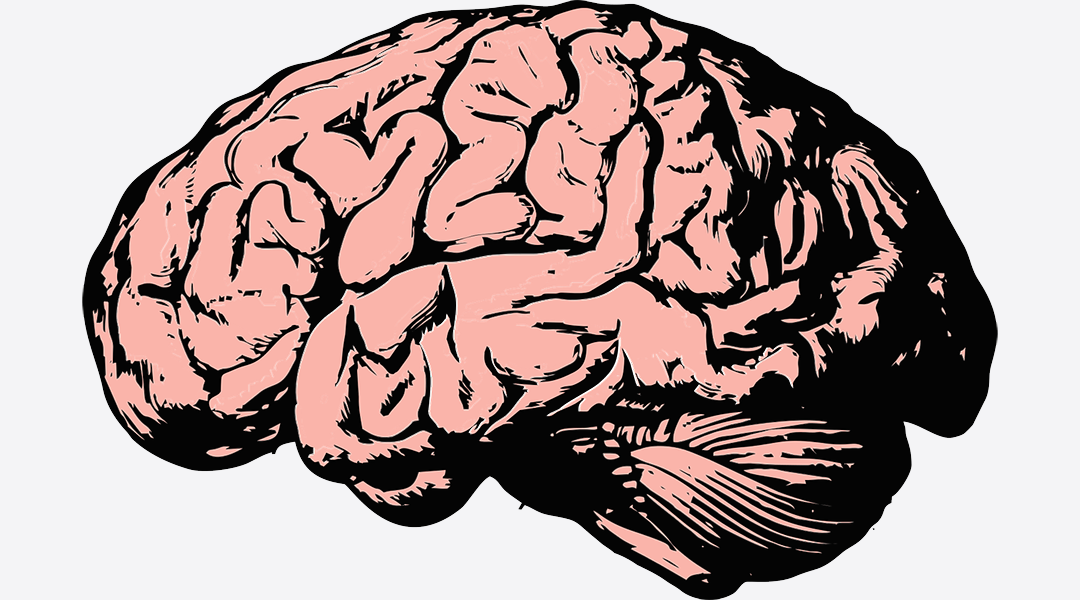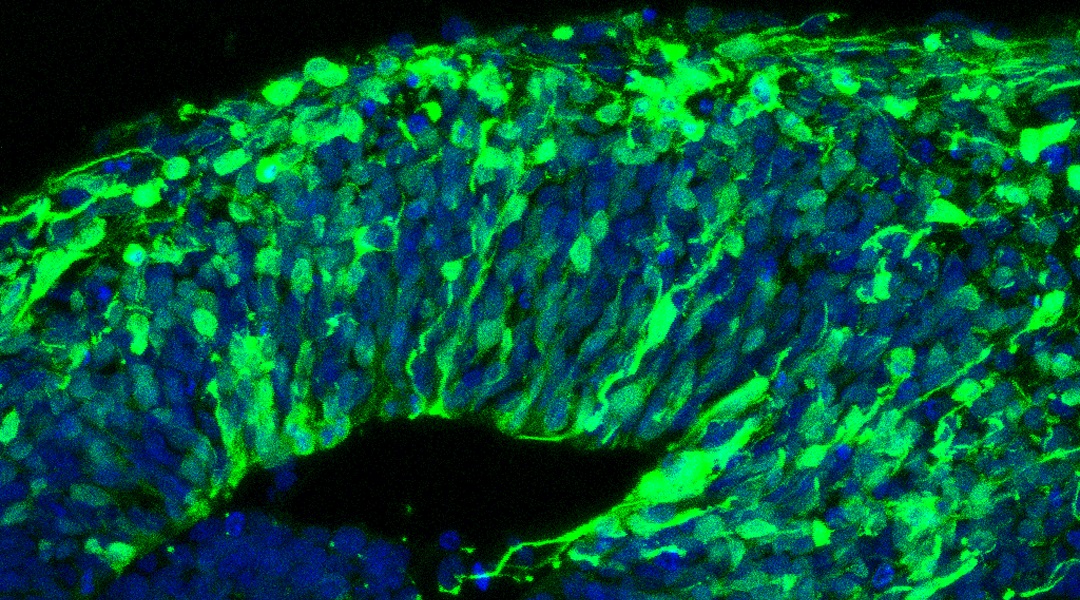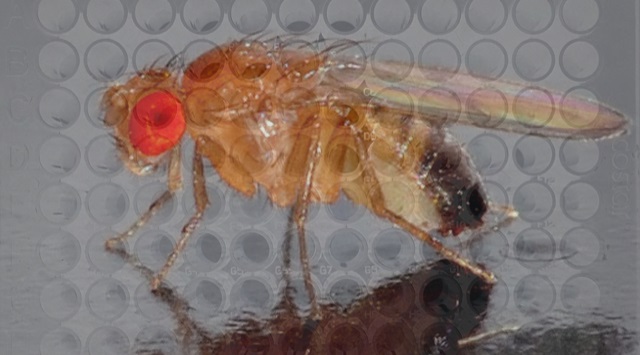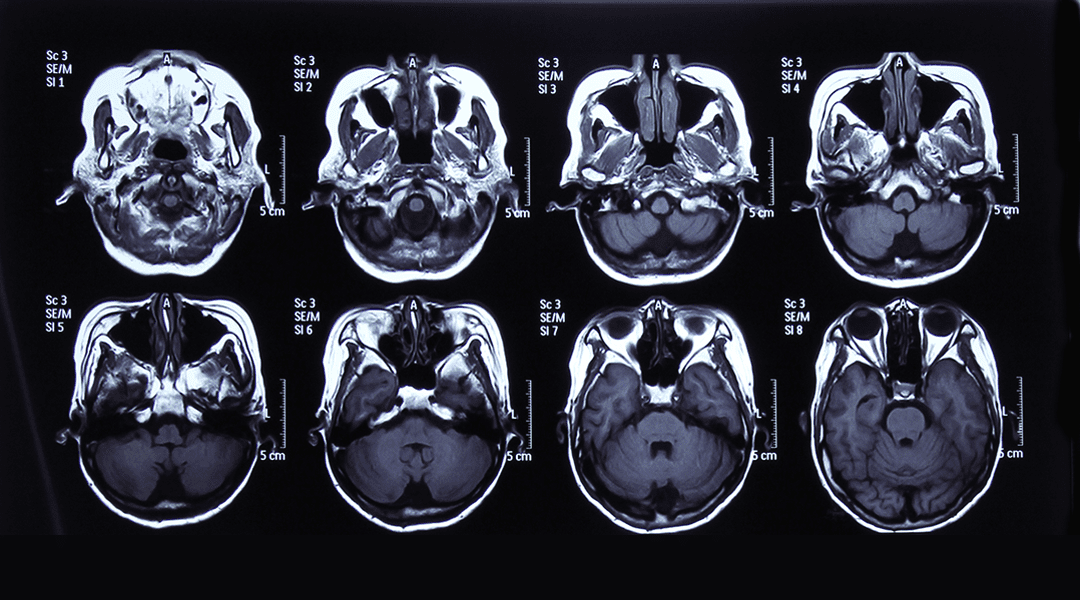Arsenic trioxide is a promising novel latency-reversing agent to achieve the goal of eradicating HIV-1.


Arsenic trioxide is a promising novel latency-reversing agent to achieve the goal of eradicating HIV-1.

The human gut microbiome governs not only our physical health but mental well-being.

Brain organoids model normal human brain development and can be used to answer questions related to development, evolution, and disease.

OCT provides in vivo detection of bacterial biofilms in critical care patients to reduce the incidence of ventilator‐associated pneumonia.

Carbohydrates are abundant biomolecules with a strong tendency to form supramolecular networks.

Fruit flies are ideal for modeling complex genotypes and phenotypes and have significant potential in drug screening.

Aged tissues bear the hallmarks of chronic inflammation.

A fundamental challenge in the study of cancer biology is to uncover molecular mechanisms that lead to malignant cellular transformation.

Small RNAs and their associated RNA interference (RNAi) pathways underpin diverse mechanisms of gene regulation and genome defense across all three kingdoms of life and are integral to virus–host interactions.

Brain tumors are among the leading causes of cancer‐related deaths, exhibiting poor prognoses with little improvement in outcomes over the past several decades.